Frog's Leap Pink La Grenouille Rougante 2023
-
Wilfred
Wong
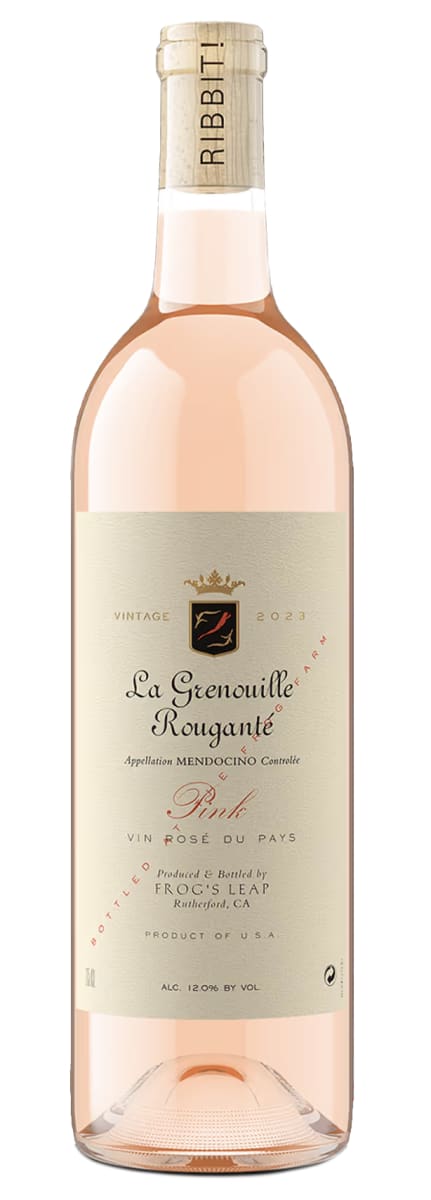


Product Details
Your Rating
Somm Note
Winemaker Notes
High in acid, color, and tannin, Carignane requires a deft touch in the cellar to bring out its best qualities. Back when Frog's Leap made Rosé from the Valdiguié, they referred to the process as “two-beer” rosé — the grapes were left on the skins for about an hour, long enough to leisurely enjoy two beers. With the intensity of color from Carignane, it’s now more of a "shotgun-a-beer" Rosé — they begin pressing the grapes as soon as they enter the press, and that’s all that’s required to give the wine its beautiful color.
Blend: 100% Carignane
Professional Ratings
-
Wilfred Wong of Wine.com
COMMENTARY: The 2023 La Grenouille Rouganté Pink Wine is fresh, dry, and refreshingly crisp. Pair its tart strawberry aromas and flavors with grilled lobster noodles in a cranberry sauce. (Tasted: May 6, 2024, San Francisco, CA)
Other Vintages
2020-
Wilfred
Wong
-
Wilfred
Wong
-
Wilfred
Wong
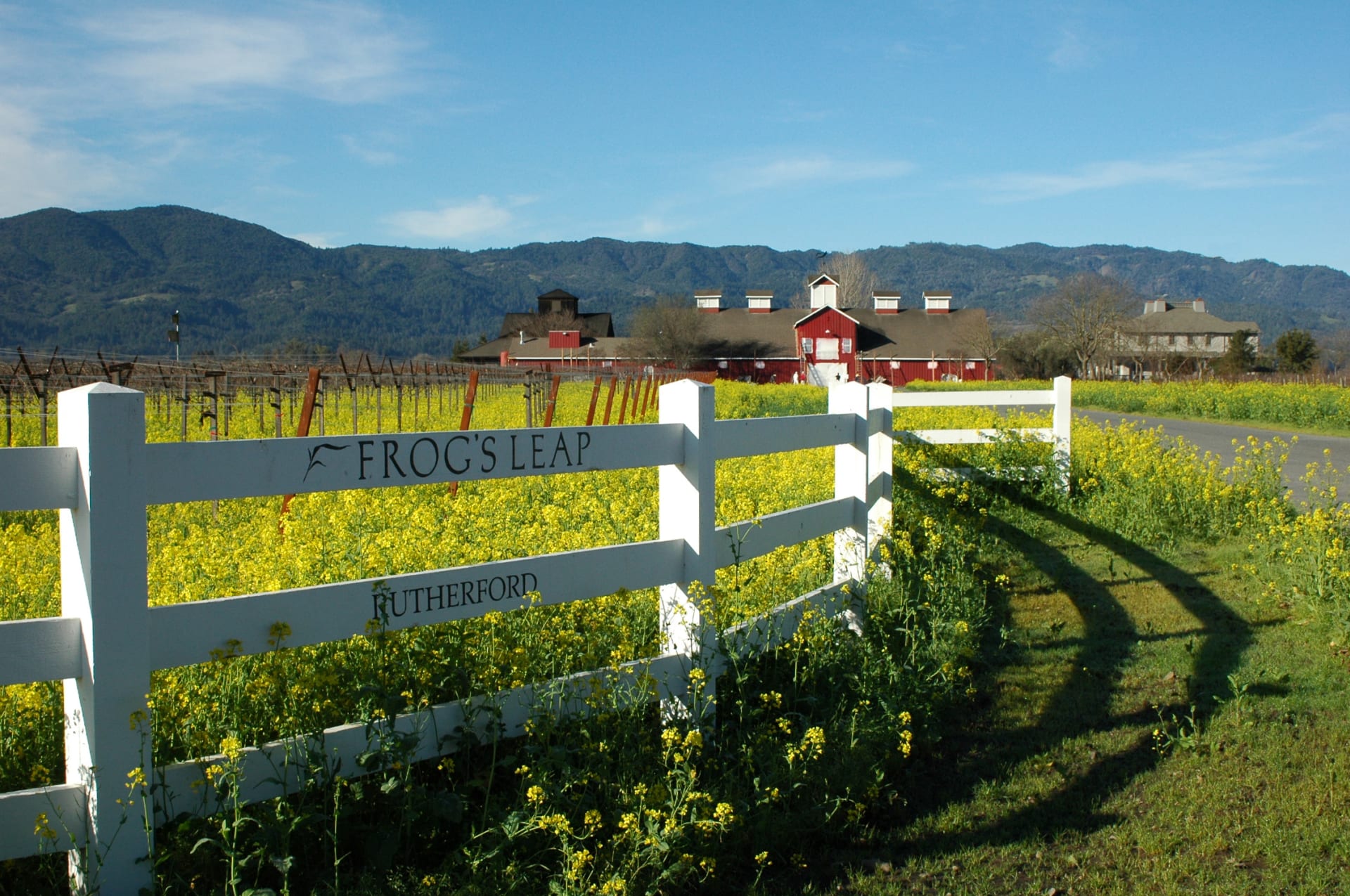

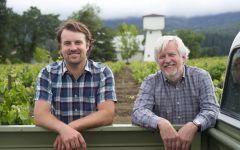
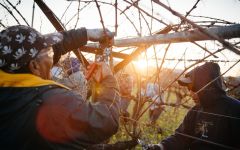
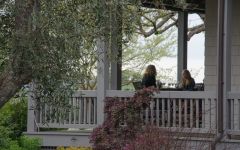
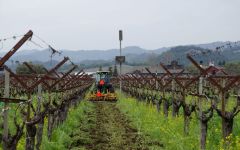
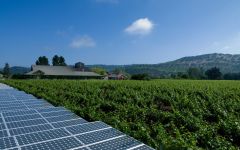
Frog's Leap is a family-owned winery dedicated to sustainable principles and committed to producing wines with balance, restraint and respect for terroir. Frog's Leap makes its home amongst 200 acres of vineyards in Rutherford at the historic ‘Red Barn’. Founded by John Williams in 1981, Frog’s Leap continues to be family-owned and operated. As the owner and winemaker, John has made every vintage for over four decades. Frog’s Leap has earned an enviable reputation for our sincere dedication to sustainable principles and our commitment to handcrafting wines. This noted ‘ghost winery’ was built in 1884 as the Adamson Winery and renovated in 1994 as Frog's Leap's permanent home. A handsome bi-level barrel chai completes the state-of-the-art winemaking facility and guests are received in the warm and welcoming LEED-certified hospitality center.
Now in its fourth decade of production, Winemakers John and Rory Williams hand-craft Sauvignon Blanc, Chardonnay, Zinfandel, Merlot, and an Estate-Grown Rutherford Cabernet Sauvignon. Using the best of Napa Valley's organically grown, dry- farmed grapes and the most traditional winemaking techniques, Frog's Leap strives to produce wines that deeply reflect the soils and climate from which they emanate. Thoughtfully shepherding both natural and earned resources, Frog’s Leap consistently returns more than it takes from the environment.
First certified by California Certified Organic Farmers (CCOF) in 1988 Frog's Leap has been a leader in the industry for decades. Fundamentally, organic farming means that if you take from the soil, you must return to the soil in equal measure. In the case of regenerative farming – a practice firmly embraced by Frog's Leap – you must return to the soil in greater measure than you take. Using a traditional approach to winemaking Frog’s Leap’s intention is to craft wines that are deeply reflective of the influences from which they emanate. Frog’s Leap makes wine of balance and restraint, with respect for the natural expression of the vine. The winery relies on techniques such as crop rotation, green manure, compost and biological pest control to maintain soil productivity and control pests on a farm. Organic farming excludes the use of manufactured fertilizers and pesticides, plant growth regulators and genetically modified organisms. Organic farming involves mechanical weed control (via cultivating or hoeing) rather than herbicidal weed control.
Frog's Leap presents a relaxed approach to enjoying wine. An easy hospitality and warm sense of humor is juxtaposed with a more serious sensibility when making wine. The wines produced range from Cabernet Sauvignon and Chardonnay to Zinfandel and Sauvignon Blanc. The winery has quite the line up to offer and hope you’ll try one of these delicious wines that harmoniously combine quality, sustainability and value.

Whether it’s playful and fun or savory and serious, most rosé today is not your grandmother’s White Zinfandel, though that category remains strong. Pink wine has recently become quite trendy, and this time around it’s commonly quite dry. Since the pigment in red wines comes from keeping fermenting juice in contact with the grape skins for an extended period, it follows that a pink wine can be made using just a brief period of skin contact—usually just a couple of days. The resulting color depends on grape variety and winemaking style, ranging from pale salmon to deep magenta.

A large and diverse appellation within California’s North Coast AVA, Mendocino is home to several smaller sub-regions—most notably the Anderson Valley. This scenic region, with rolling hills covered in redwood forests as well as vineyards, is one of the world’s top producers of certified organically-grown grapes. Due to wide geographical and climatic variation, a vast array of wine styles can be found here.
